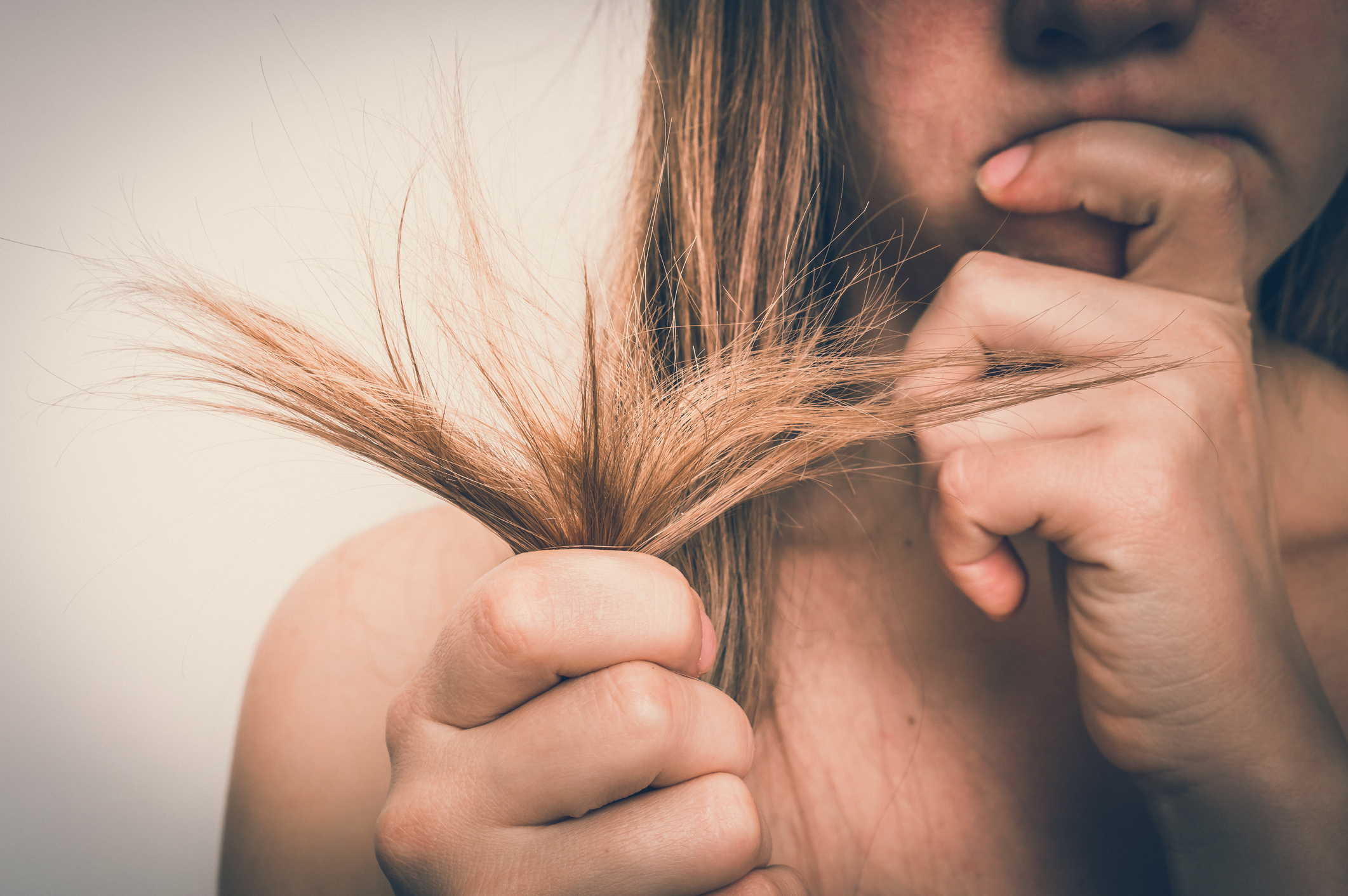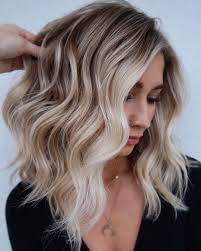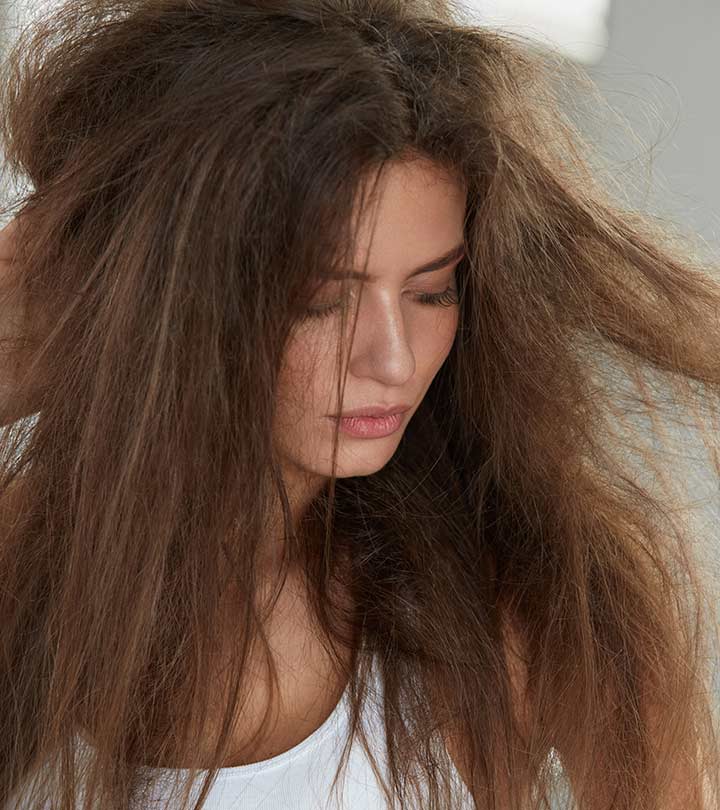
Fine hair that gets oily or has excess product buildup can become stringy due to clumps forming. One way to combat this issue is by visiting your stylist for a haircut. Even something as minor as a collarbone-length lob can help thicken and add fullness to the strands of hair.
1. Using the Wrong Conditioner
Your hair may become stringy when exposed to an incorrect conditioner, especially for those with fine or thin locks. Most cleansing products are designed to treat thicker, coarser locks that could weigh down delicate strands. If you have fine locks, follow the ear rule when applying conditioner – only use it below your ears. Avoid trying to untangle wet hair; doing so could cause the damp clumps to stick together when dry and produce an unruly appearance that resembles stringy locks. As well as using a clarifying shampoo regularly to rid yourself of extra sebum that causes stringy hair, try replacing your cotton pillowcase with a silk or satin one, as these fabrics help minimize the oily appearance of hair.
2. Combing Your Hair After a Shower
Whether your hair is curly or straight, combing it while wet can help spread natural oils that nourish strands while preventing stringy knots from developing. But be careful not to over-comb your hair; doing so could cause it to break apart and become dry and dull. Only use wide-toothed combs designed for wet hair when combing wet locks gently with fingers or an electric toothbrush, taking great care. Your strands may start looking stringy due to the length of your hair. If you have fine locks, you must visit a stylist regularly for new haircuts to prevent your locks from growing too long and becoming limp and stringy – consider getting a shoulder-length or collarbone lob to instantly make your strands appear fuller and thicker!
3. Not Trimming Your Split Ends
An absence of trims can make hair appear stringy, especially if your strands are very long. Split ends may clump together instead of lying smoothly against each other, creating the appearance of sparseness in your mane and stringiness throughout. Heavy use of styling products and neglect to deep clean your strands regularly could also contribute to stringy hair. Sebum buildup covers each strand and causes them to stick together unnaturally, leading them to appear stringy. Brianna Colette of Los Angeles’ Nine Zero One recommends blow-drying your hair by tilting your head upside down and beginning rough-drying before turning on your dryer – this will lift roots while roughening up cuticle layers for maximum volume and allows you to finish up by brushing almost dry locks.
4. Using the Wrong Pillowcase
If your curls go from gorgeous to messy in an instant, your pillowcase could be to blame. Cotton pillowcases tend to wick away oils in your locks and dry them out, leaving them looking stringy. Furthermore, rough cotton fibers may grab onto strands as you toss and turn at night, causing them to tangle and break – adding satin or silk pillowcases will prevent this from occurring and help rid yourself of stringy locks for good! Furthermore, regular clarifying shampoo will remove product and sebum buildup that could contribute to stringy-looking coils!
5. Not Washing Your hair Regularly
Heavy product use and neglecting to regularly deep clean strands can result in stringy hair that seems unnaturally knotted together and uninviting. Clumped ends can contribute to this buildup, making dull and unruly strands appear. Avoid this issue by washing your hair in the morning instead of at night to prevent your follicles from becoming overly oily while sleeping. Also, try using a satin or silk pillowcase for optimal moisture retention during restful nights’ restful slumber. Regular hair trimming helps maintain health by cutting away too-long dead ends accumulating with time, providing new roots with essential nourishment. Regular trimming can make your strands appear thicker and fuller over time; hair extensions are another effective solution to add volume.

